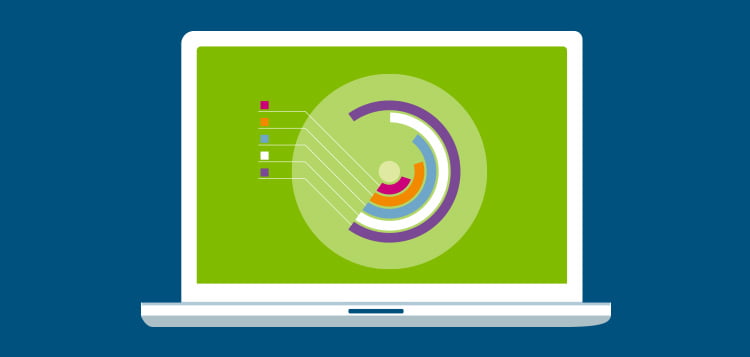The Advancement Of Website Style: From Past To Present
The Advancement Of Website Style: From Past To Present
Blog Article
Published By-Kinney Trolle
In the past, internet sites were straightforward and focused on details. Navigation was straight, and style was for desktop computers. Now, individual experience is crucial. Information guides designs for easy navigation. Responsive formats fit different gadgets. Today, dark mode minimizes stress, and minimalist menus enhance navigation. Interactive attributes engage individuals, and bold visuals stand out. AI assimilation enhances involvement. See exactly how layout has developed to enhance your on the internet journey.
Very Early Days of Website Design
In the very early days of website design, simplicity reigned supreme. Internet sites were basic, with limited colors, typefaces, and designs. The focus got on supplying information instead of fancy visuals. Individuals accessed the internet via slow dial-up links, so speed and functionality were crucial.
Navigating food selections were straightforward, usually located at the top or side of the web page. Sites were created for desktop computers, as mobile surfing wasn't yet prevalent. Material was king, and developers focused on very easy readability over complicated style elements.
HTML was the key coding language utilized, and designers had to work within its constraints. Animations and interactive functions were minimal contrasted to today's requirements. Websites were static, with little vibrant content or personalized customer experiences.
Rise of User-Focused Style
With the advancement of site design, a change towards user-focused design concepts has actually ended up being significantly famous. Today, developing sites that prioritize customer experience is vital for involving visitors and achieving business goals. User-focused style entails recognizing the needs, preferences, and habits of your target market to customize the internet site's format, material, and features appropriately.
Developers currently conduct extensive study, such as individual studies and use screening, to gather insights and comments directly from customers. This data-driven strategy helps in producing intuitive navigating, clear calls-to-action, and visually enticing interfaces that resonate with site visitors. By putting the customer at the center of the design procedure, sites can supply a more personalized and delightful experience.
Responsive layout has also become a crucial aspect of user-focused style, ensuring that sites are optimized for various tools and screen dimensions. This flexibility improves access and functionality, accommodating the varied methods users engage with sites today. In essence, the rise of user-focused style indicates a shift towards creating digital experiences that focus on the needs and expectations of the end individual.
Modern Trends in Website Design
Explore the latest patterns shaping web design today. One popular fad is dark setting style, supplying a streamlined and modern-day look while reducing eye pressure in low-light environments. One more essential trend is minimal navigating, streamlining food selections and boosting customer experience by concentrating on essential elements. Integrating micro-interactions, such as animated switches or scrolling impacts, can produce a more interesting and interactive website. Receptive design remains critical, making sure seamless user experiences across numerous tools. Additionally, utilizing Read the Full Article and asymmetrical designs can include aesthetic rate of interest and draw attention to specific web content.
Incorporating AI modern technology, like chatbots for client support or customized referrals, improves customer involvement and improves procedures. Ease of access has additionally become a considerable pattern, with developers prioritizing inclusive style practices to accommodate varied individual requirements. Accepting sustainability by optimizing site performance for speed and efficiency is one more arising fad in website design. Working together with customer responses and information analytics to iterate and enhance layout continually is important for remaining appropriate in the ever-evolving electronic landscape. By accepting these modern trends, you can develop a visually attractive, easy to use website that resonates with your target market.
Final thought
As you review the development of internet site layout from the early days to now, you can see exactly how user-focused layout has come to be the driving pressure behind modern-day trends.
Accept the trip of modification and adaptation in website design, constantly keeping the user experience at the forefront.
Stay present with the most recent trends and modern technologies, and never stop evolving your approach to create aesthetically spectacular and easy to use web sites.
Advance, adapt, and produce - the future of website design remains in your hands.
